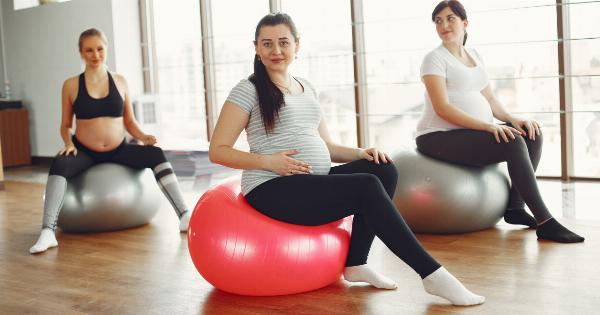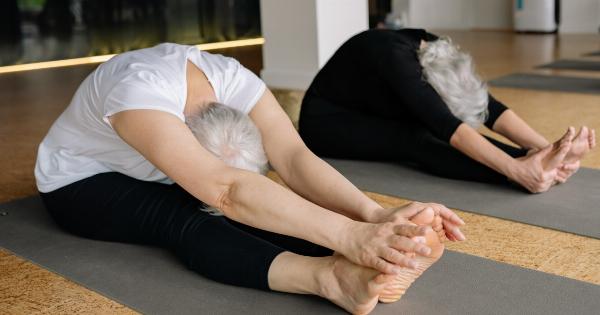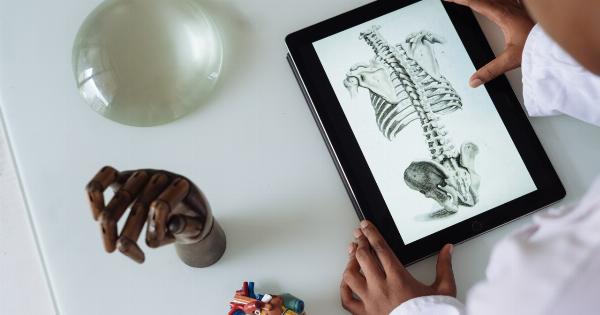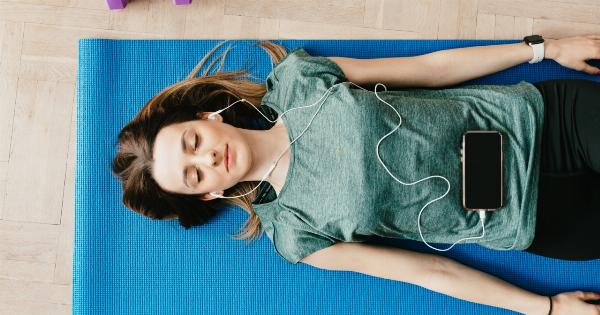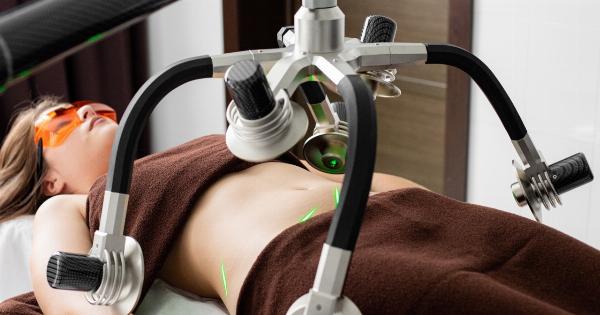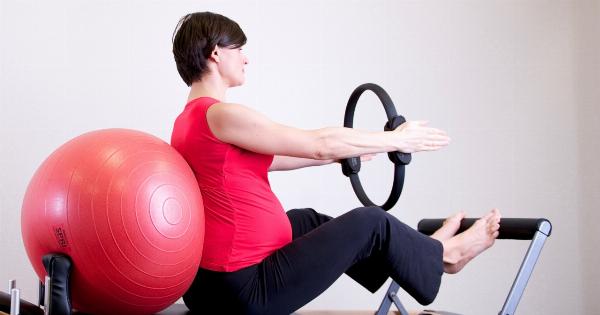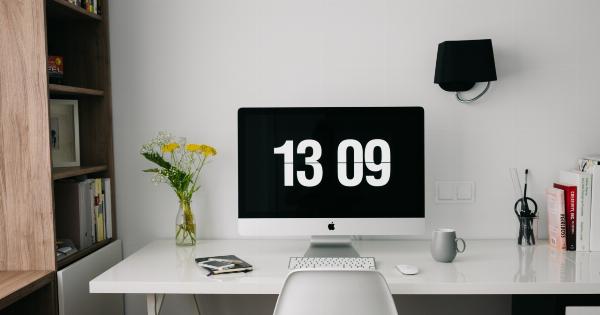In this digital age, everyone is glued to their screens – be it smartphones, laptops or television – throughout the day. We carry our work home, and our personal lives to the office. It is a never-ending cycle that often leaves us feeling drained.
This digital exhaustion has become our new normal, but what if we tell you that it also affects your intimate life? Yes, you heard it right! Studies have shown that women who spend long hours hunched over their screens are at a higher risk of vaginal relaxation. Don’t worry; we have a solution! In this article, we will discuss the 20-20-20 rule that can help prevent vaginal relaxation.
Understanding Vaginal Relaxation
Before we dive into the 20-20-20 rule, let’s first understand what vaginal relaxation is.
It is a medical condition where the pelvic floor muscles – the muscles that support your bladder, uterus, and rectum – become weak, causing them to lose their elasticity. This results in urinary incontinence or leaks, sexual dysfunction, and even pelvic organ prolapse. Factors that contribute to vaginal relaxation include pregnancy, childbirth, aging, obesity, and chronic coughing.
However, recent studies have linked excessive screen time as another factor that causes vaginal relaxation.
How Does Digital Exhaustion Affect Vaginal Health?
Excessive screen time is a health concern that affects not only your mental health but also your physical wellbeing, including your vaginal health.
When we are glued to our screens, we often sit in positions that place undue pressure on our pelvic floor muscles, causing them to stretch and weaken over time. Prolonged sitting also reduces blood flow to the pelvic organs, reducing oxygen supply, and damaging the muscles.
Therefore, if you’re someone who spends long hours sitting in front of your computer or device, you might be at higher risk of developing vaginal relaxation.
What Is the 20-20-20 Rule?
The 20-20-20 rule is a simple yet effective technique that can help prevent vaginal relaxation caused by excessive screen time.
The rule requires you to take a break from your screen every 20 minutes, focus on an object that is at least 20 feet away, and stare at it for 20 seconds. This will help relax your eyes, improve blood circulation, and reduce the strain on your pelvic floor. You can set reminders on your device or use apps that remind you to take breaks regularly.
Other Ways to Prevent Vaginal Relaxation
While the 20-20-20 rule is beneficial, there are other ways to prevent vaginal relaxation. Here are a few tips:.
- Practice pelvic floor exercises to strengthen your pelvic muscles. This can help improve your vaginal tone and prevent leakage.
- Avoid lifting heavy objects and take care when exercising to prevent adding pressure to your pelvic floor muscles.
- Avoid constipation and straining when using the bathroom.
- Eat a healthy diet and maintain a healthy weight to prevent adding pressure to your pelvic floor.
- Quit smoking as it can weaken your pelvic muscles and lead to incontinence.
Conclusion
The 20-20-20 rule may appear simple but can have immense long-term benefits for your vaginal health. Vaginal relaxation is a common health issue that can impact your overall wellbeing, including mental health.
Therefore, you should make small but significant changes to your lifestyle to prevent it. By taking regular breaks, practicing pelvic floor exercises, and adopting healthy habits, you can prevent vaginal relaxation and enjoy a healthy, happy life.


